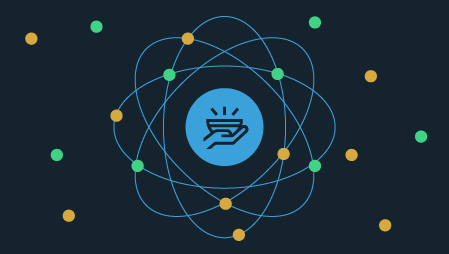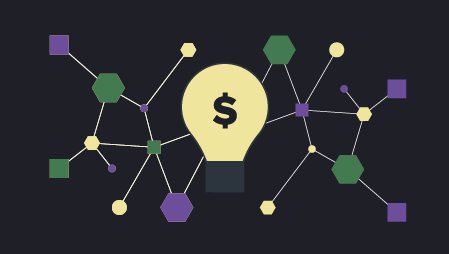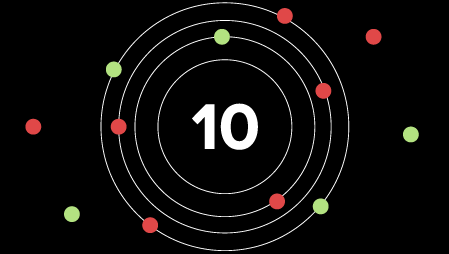Ready to learn Internet of Things? Browse courses like IIoT Applications for Machine Learning developed by industry thought leaders and Experfy in Harvard Innovation Lab.
With more than 4 billion internet users worldwide today and 31 billion connected devices forecasted by 2020, the future of the digital world lies in how people and “things” will interact with each other. The key to this will be the convergence and consolidation of internet of things platforms and devices which will be able to seamlessly exchange data between people, networks, devices and applications.
Creating this world, where multiple service and technology layers work harmoniously to create ubiquitous, ultra-connected experiences, is a task that will take years to complete. It requires a robust technology platform, powered by artificial intelligence.
Today, we are siloed in how we think about IoT. We develop solutions for the sake of technology and continue to think in small incremental steps about the data we are collecting. It’s relatively easy and cheap to deploy a connected sensor and collect data, but it’s the easy way out and everyone is doing it. The industry is missing a critical link: the marketplace for IoT to use the data collectively and build an ecosystem for distributed monetization of data. This is where AI comes in.
By 2025, IDC predicts that there will be over 80 billion connected things creating and replicating more than 180 zettabytes of data every year. Yet today, only a very fraction of the data that people and businesses generate, collect and store ends up being used to its full potential.
The convergence of AI and IoT can change this by creating a connected system of things that can be used in everyday life. This can — and must — lead to the creation of an industry-wide ecosystem in which data from connected devices can be shared and monetized by everyone. Such an ecosystem could be defined at industry vertical level, or it could create connections between different industries — a combination of vertical and horizontal approaches. Supply chain management is a good candidate for such a treatment.
There are clear indications that the telecommunications industry has already succeeded in aligning these types of efforts; we are moving from a network of discrete cellphone towers, associated with and operated by different mobile network operators, resulting in incomplete coverage, depending on which mobile network operator a subscriber used, as well as what location they were in. The trend towards shared infrastructure helps to create better scale economies and a seamless experience for cellphone users as a result. This trend reflects economic and operational common sense, thus proving the validity of a common infrastructure for IoT, powered by AI.
We are heading toward an environment in which instead of having many discrete applications controlling multiple environmental factors, there is the potential to have interconnectivity through a unified platform. Let us take the example of home automation. Imagine you are sitting in your living room and you feel a cold draft. Instead of the thermostat simply raising the temperature, the thermostat will understand that a window in one room in the house might be open and alert you to that fact. This is an area where the value of a combination of IoT and AI lies moving forward. For these types of connections to work, there also needs to be an advanced network to connect all of this data and analytical processes together.
In the business world, factories and power plants could take advantage of the massive amount of data generated by sensors to predict usage trends around lighting, air conditioning or heating systems in buildings. Using an AI platform to crunch data from these systems, businesses can gain insights into energy usage trends to deliver actionable intelligence to help set light and heating levels to the optimum level, based on predicted usage and occupancy of different spaces in a building. This way a factory doesn’t need to use as much energy for the night shift when there may not be as many staff in the facility.
The technology revolution we’re living through has, and will continue to, change our approach to many aspects of daily life, but it won’t happen overnight. So-called industry earthquakes, like AI and IoT, must continue to evolve and the industry must come together to make this a reality.



